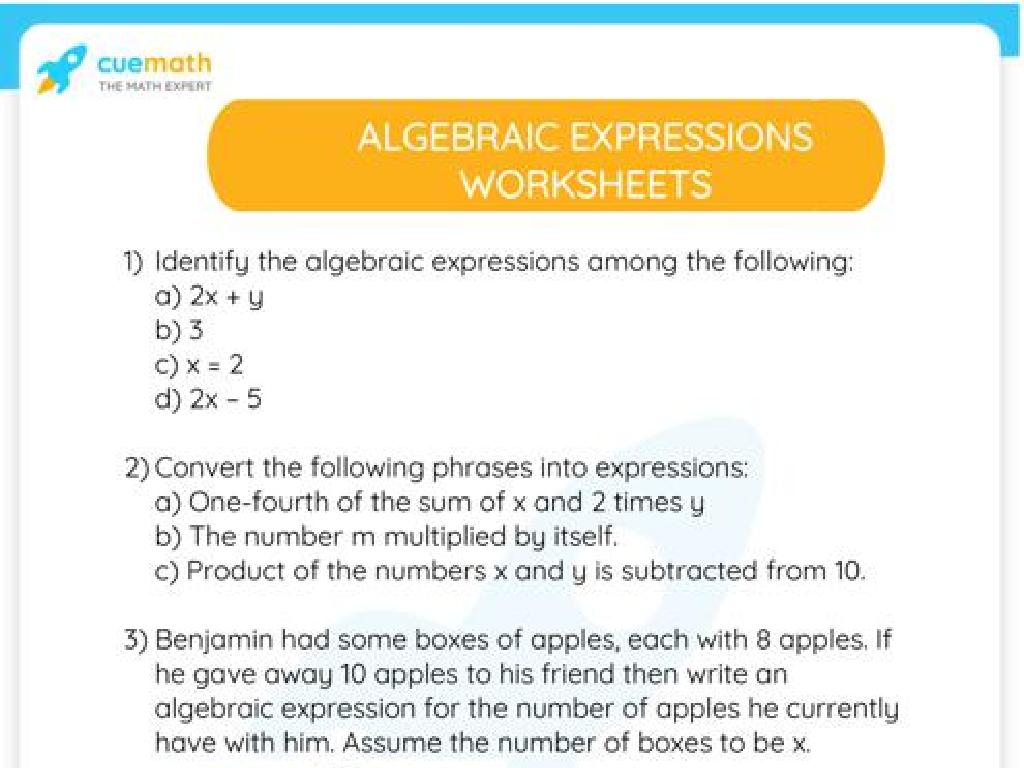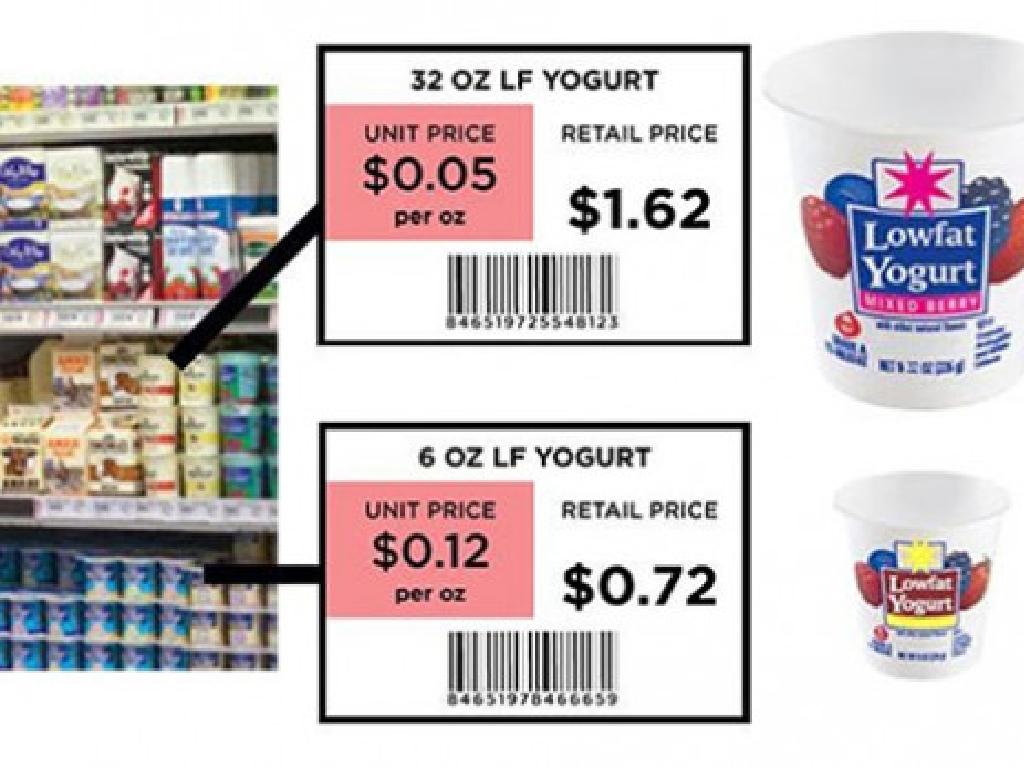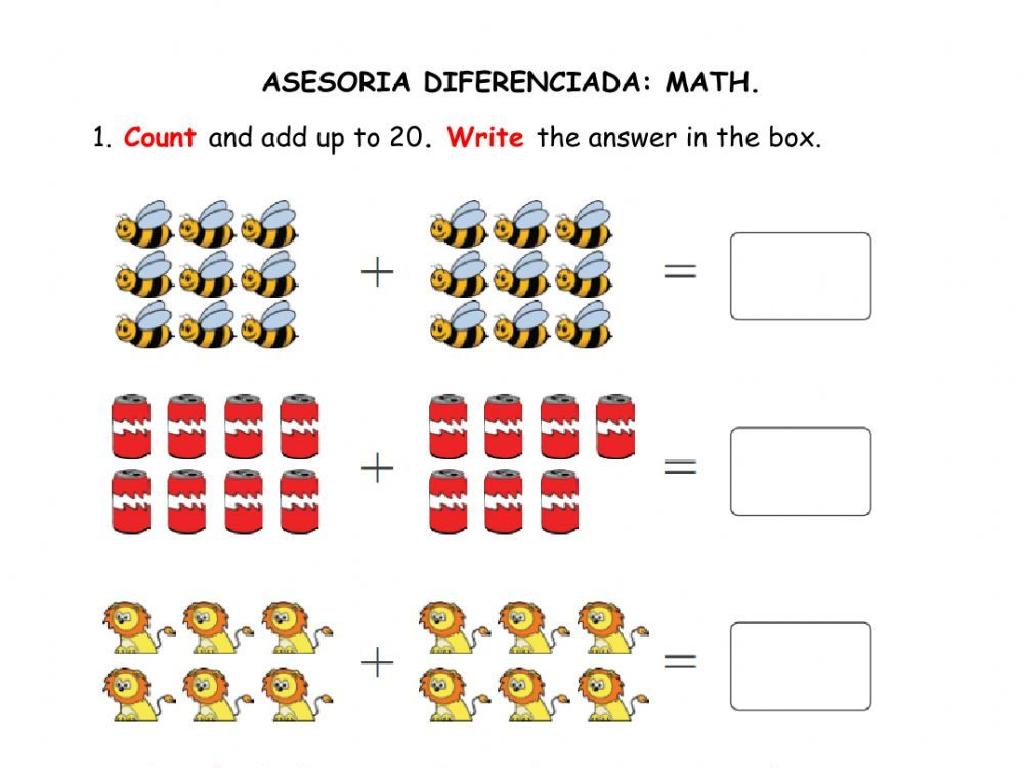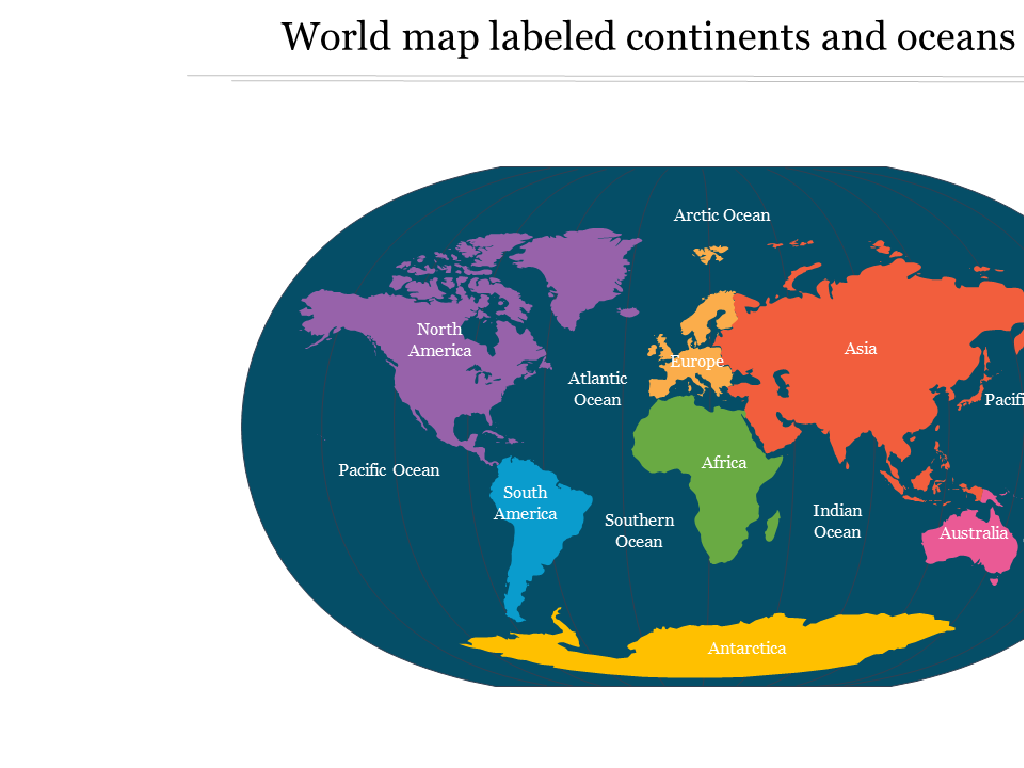Multi-Step Problems With Percents
Subject: Math
Grade: Seventh grade
Topic: Consumer Math
Please LOG IN to download the presentation. Access is available to registered users only.
View More Content
Understanding the Power of Percents
– Percents represent parts of a whole
– Like fractions, percents show a ratio of a number to 100
– Daily life is full of percent calculations
– Discounts, taxes, tips, and interest rates all use percents
– Multi-step percent problems
– Combining multiple calculations involving percents
– Strategies for solving complex percent problems
– Break down problems into smaller, manageable steps
|
This slide introduces students to the concept of percents in the context of consumer math, emphasizing their relevance in everyday situations. Percents are a fundamental part of financial literacy, appearing in various forms such as sales discounts, tax calculations, tipping at restaurants, and computing interest rates. Today’s lesson will focus on tackling multi-step problems that involve percents, which are more complex and require a series of calculations. Teach students to approach these problems methodically by breaking them down into smaller, more manageable steps, and checking each step for accuracy. Encourage them to think of real-life scenarios where they might need to use percents, such as figuring out the final price of a discounted item or calculating the total cost of a meal including tax and tip.
Understanding Percents in Consumer Math
– Percent: A part out of 100
– E.g., 25% means 25 out of every 100
– Percents in daily use
– Discounts on goods, interest rates for savings
– Calculating discounts
– Find the sale price after a 20% discount
– Interpreting interest rates
– Understand how much you earn from savings annually
|
This slide introduces the concept of percent as a fundamental building block in consumer math, particularly for seventh graders. Begin by explaining that ‘percent’ means parts per hundred, which is a way to express fractions and decimals in a standardized form. Illustrate the use of percents in everyday life, such as in calculating discounts during shopping or determining interest rates on savings. Provide examples like finding out the final price of an item after applying a discount or calculating the interest earned on savings over a year. Encourage students to think of percents as a tool to make informed financial decisions. The goal is to help students become comfortable with percents and see their practical applications in daily life.
Mastering Single-Step Percent Problems
– Review single-step percent problems
– How to find the percent of a number
– If a shirt costs $50 and is 20% off, what is the discount?
– Class participation practice problem
– Solve a problem together as a class to apply the concept
– Discuss solutions and methods
– Go over different ways to solve the problem and clarify doubts
|
Begin with a quick review of single-step percent problems to refresh students’ memory. Move on to explaining the method for finding the percent of a number, emphasizing the importance of understanding the concept of percent as ‘per hundred’. Provide a relatable example, such as calculating discounts during shopping, to illustrate the concept. Engage the class with a practice problem where everyone participates to solve it, fostering a collaborative learning environment. Conclude by discussing the solution as a class, exploring different methods that could be used to find the answer, and addressing any misunderstandings. This interactive approach helps students to solidify their understanding of percent calculations in real-life scenarios.
Tackling Multi-Step Percent Problems
– Understand the problem steps
– Break down the problem into manageable parts
– Identify the question asked
– What is the percent problem trying to find?
– Solve steps sequentially
– Tackle each part of the problem in order, without skipping
– Check and review answers
– Always revisit your solution to ensure accuracy
|
This slide aims to guide students through the process of solving multi-step problems involving percentages. Start by understanding the problem and breaking it down into smaller, more manageable steps. Next, clearly identify the question being asked to ensure that the solution is relevant. Then, methodically solve each step in sequence, which helps in maintaining order and reducing confusion. Finally, encourage students to check their answers and review their steps to confirm the correctness of their solution. Emphasize the importance of not rushing through the problems and double-checking their work. Provide examples of multi-step percent problems and solve them together as a class.
Solving Multi-Step Percent Problems
– Carefully read the problem
– Understand what the problem is asking for
– Identify different problem parts
– Look for the whole, part, and percent values
– Solve each step together
– Use percent formulas and calculate in sequence
– Review and check answers
– Ensure the solution makes sense in context
|
This slide is aimed at guiding students through the process of solving multi-step problems involving percents. Start by reading the problem statement thoroughly to understand what is being asked. Next, help students identify the key components of the problem, such as the base value (the whole), the percentage, and the part of the base that the percentage represents. Work through the problem as a class, taking it step by step, and encourage students to participate in each stage of the calculation. After finding a solution, review the steps taken and verify the answer’s accuracy and relevance to the problem. Use examples like calculating discounts, tax, or interest to make the lesson relatable and practical.
Practice Time: Solving Percent Problems
– Collaborative problem walkthrough
– Discuss strategies for success
– Break down complex problems, use diagrams or step-by-step methods
– Open floor for questions
– Emphasize teamwork in problem-solving
– Encourage group discussion to find solutions
|
This slide is designed to engage students in active learning through a collaborative problem-solving session. Start by working through a multi-step percent problem as a class, ensuring to involve students in each step. Discuss various strategies such as identifying the whole, the part, and the percent, and using equations to solve for unknowns. Encourage students to ask questions at any point to clarify their understanding. Promote collaborative problem-solving by having students work in small groups, discussing and tackling problems together. This approach not only helps students learn from each other but also fosters a supportive learning environment. Provide guidance and support as needed, and ensure to celebrate successful problem-solving to build confidence.
Group Activity: Percentages in Real Life
– Apply learning to real-world
– Calculate discounts and tax
– If an item is $50 with a 10% discount, what’s the new price?
– Determine total item costs
– Add tax to discounted price. If tax is 8%, what’s the final cost?
– Present group solutions
|
This group activity is designed to help students apply their knowledge of percentages to practical consumer math problems. Students will work in groups to calculate discounts, add tax, and determine the total cost of various items. They will need to use the percentage formulas they’ve learned to find the sale price after discounts and then calculate the added tax to find the final cost. After completing the calculations, each group will present their solutions and explain their approach to the class. This will reinforce their understanding and allow them to see different methods of solving the same problem. Possible activities include calculating the final price of clothing items during a sale, figuring out the cost of a discounted video game plus tax, or determining the total bill at a restaurant after a promotional discount and tax.
Class Activity: Percent Scavenger Hunt
– Search for percent examples
– Solve related multi-step problems
– Use the percent formula to calculate discounts, tax, and tips.
– Discuss solutions with peers
– Collaborate to compare different problem-solving methods.
– Present findings to the class
– Share how you solved the problems and the strategies used.
|
This interactive class activity is designed to engage students with practical applications of percents in a fun and exploratory way. Students will look for real-life examples of percents in the classroom, such as on posters or educational materials that mention discounts, interest rates, or statistical data. Once they find an example, they should set up and solve a multi-step problem involving the percent they found. Encourage students to work in pairs or small groups to foster collaboration. After solving the problems, students will discuss their solutions with their peers to gain different perspectives. Finally, each group will present their findings to the class, explaining the problem, their solution process, and the answer. This will help reinforce their understanding of percents and their ability to communicate mathematical concepts. Possible activities could include calculating the sale price of an item after a discount, determining the final price after tax, or figuring out the tip for a meal in a hypothetical scenario.
Homework: Mastering Percents
– Practice multi-step percent problems
– Study for the upcoming consumer math quiz
– Compile questions for next class
– Review today’s lesson and examples
– Revisit today’s examples and try similar problems
|
For homework, students should continue practicing multi-step problems involving percents to solidify their understanding. Encourage them to review the examples provided in class and attempt additional problems from their textbook or other resources. They should also begin preparing for a quiz on consumer math, which will include questions on percents. Remind students to bring any questions they have to the next class for clarification. Provide a variety of practice problems with different contexts, such as discounts, tax calculations, and interest rates, to ensure comprehensive understanding and application of the concepts.
Wrapping Up: Percents in Consumer Math
– Recap of multi-step percent problems
– Open floor for questions
– Peer study encouragement
– Discuss problems together to enhance understanding
– Review resources provided
– Use class notes, worksheets, and online tools for practice
|
As we conclude today’s lesson on multi-step problems with percents, it’s important to review the key concepts we’ve covered. Encourage students to ask any lingering questions they may have to ensure clarity. Promote the idea of studying with classmates as a way to reinforce the material. Provide them with additional resources such as worksheets, online exercises, and reference materials to support their independent study. Remind them that understanding percents is not only crucial for exams but also for real-life scenarios such as calculating discounts, interest rates, and tax contributions.





